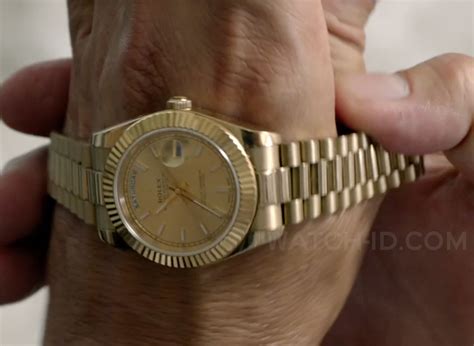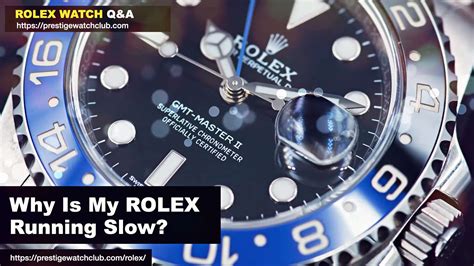regulating a rolex | rolex spring length adjustment regulating a rolex How to Regulate a Rolex. Regulating a Rolex is totally different than on a standard watch. A Rolex is not adjusted by changing the length of the hairspring. The spring length is locked in place, you change the timing by adjusting the weight of the balance wheel. Failiem.lv ir datu glabāšanas platforma, kas palīdz uzņēmumiem un lietotājiem droši glabāt un ērti pārsūtīt, publicēt un organizēt jebkāda veida saturu - foto, video, dokumentus un citus.
0 · rolex watches speeding up
1 · rolex watch running slow
2 · rolex watch movements
3 · rolex spring length adjustment
4 · rolex speed adjustment
5 · rolex running fast adjustment
6 · how to regulate a watch
7 · how to adjust rolex
Louis Vuitton Releases Face Shields, and It Was Only a Matter of Time Before PPE Went Luxe | Vogue. The Summer issue is here featuring Kendall Jenner. Fashion. It Was Only a Matter of Time.
What are your Rolex experiences in this regard? In which position does the watch run fastest or slowest? How much variation (in seconds per day) have you noticed by position .
How to Regulate a Rolex. Regulating a Rolex is totally different than on a standard watch. A Rolex is not adjusted by changing the length of the hairspring. The spring length is locked in place, you change the timing by adjusting the weight of the balance wheel.
rolex watches speeding up
rolex watch running slow
What are your Rolex experiences in this regard? In which position does the watch run fastest or slowest? How much variation (in seconds per day) have you noticed by position or compared with time on your wrist?Though Rolex is known for excellent precision in their timepieces, every mechanical watch will, at some point, slow down or even speed up. Mechanical watches, like those made by Rolex, are regulated by a hair spring. Rolex uses a precision engineered Parachrom hairspring. Discover quick ways of regulating the accuracy of your mechanical watch by following three easy tips on the Toolwatch blog. Though I’m new to the Rolex world, I’ve read numerous posts about “Rolex accuracy” and “Regulation,” as well as the inevitable (and true) replies such as, “Remember, there are 86,400 seconds in a day” and “These are mechanical marvels in being within +2/-2 .
How can you tell if your Rolex is accurate? What should you do if your Rolex is losing or gaining time? Check out some tips to keep your Rolex’s accuracy.Rolex uses four Microstella screws that are two different sizes opposing each other on the balance wheel. Adjusting these small screws requires specialized tools and a steady hand, much more so than adjusting a regulated movement such as the mechanisms found on ETA. To regulate the beat error you have to loosen the screw on the balance bridge* and then move the regulator left or right. Tighten the screw when regulation is complete. Reactions: chas58 , Rusty427 and billiybop The movements found in every single modern Rolex run at a 4Hz frequency – or 28,800 vibrations per hour – which is seen by Rolex as the best compromise between high precision regulating and reliability.
I live near both an RSC and a high end watch maker authorized by Rolex (I guess that’s what they mean by independent?). Either way, I was wondering if anyone knows what it typically costs for this service and how long I should expect it to take? How to Regulate a Rolex. Regulating a Rolex is totally different than on a standard watch. A Rolex is not adjusted by changing the length of the hairspring. The spring length is locked in place, you change the timing by adjusting the weight of the balance wheel. What are your Rolex experiences in this regard? In which position does the watch run fastest or slowest? How much variation (in seconds per day) have you noticed by position or compared with time on your wrist?
Though Rolex is known for excellent precision in their timepieces, every mechanical watch will, at some point, slow down or even speed up. Mechanical watches, like those made by Rolex, are regulated by a hair spring. Rolex uses a precision engineered Parachrom hairspring. Discover quick ways of regulating the accuracy of your mechanical watch by following three easy tips on the Toolwatch blog. Though I’m new to the Rolex world, I’ve read numerous posts about “Rolex accuracy” and “Regulation,” as well as the inevitable (and true) replies such as, “Remember, there are 86,400 seconds in a day” and “These are mechanical marvels in being within +2/-2 .
How can you tell if your Rolex is accurate? What should you do if your Rolex is losing or gaining time? Check out some tips to keep your Rolex’s accuracy.Rolex uses four Microstella screws that are two different sizes opposing each other on the balance wheel. Adjusting these small screws requires specialized tools and a steady hand, much more so than adjusting a regulated movement such as the mechanisms found on ETA. To regulate the beat error you have to loosen the screw on the balance bridge* and then move the regulator left or right. Tighten the screw when regulation is complete. Reactions: chas58 , Rusty427 and billiybop The movements found in every single modern Rolex run at a 4Hz frequency – or 28,800 vibrations per hour – which is seen by Rolex as the best compromise between high precision regulating and reliability.
rolex watch movements


rolex spring length adjustment

rolex speed adjustment
rolex running fast adjustment
how to regulate a watch
Email/Login: Password: Forgot password? Click here
regulating a rolex|rolex spring length adjustment

























